Basic ingredients guide to prepare Japanese cuisine at home
Japanese cuisine has spread so far outside its borders that for many people today ordering sushi, preparing yakisoba or eating yakitori is as normal as stew, paella or potato omelette. Japanese cuisine is not as complicated as it seems. If we want to prepare some of its best dishes at home, the first step is to fill the pantry with the basic ingredients.
how to shop
Share
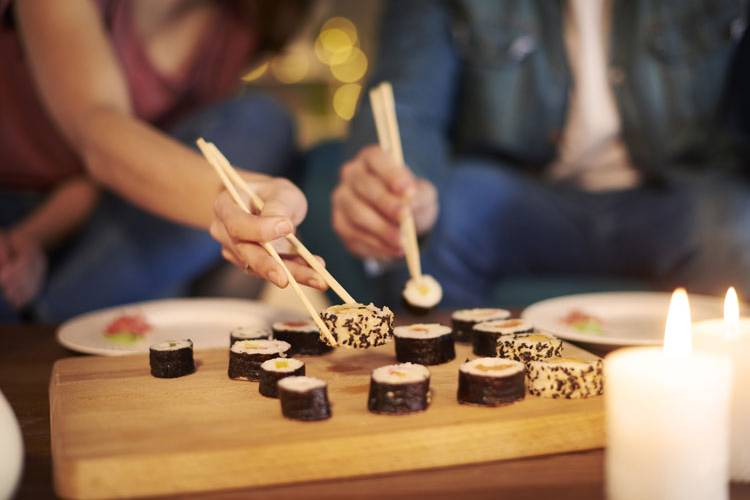
Although Japanese cuisine is characterised by being closely linked to seasonal foods, there are certain ingredients that we can always have on hand in our pantry to prepare some of the most emblematic dishes. Until a few years ago it was not easy to find many of the most often used products in Japanese cuisine unless we went to specialised stores, but nowadays in our local supermarket we can buy most of the food included in the gastronomy of the land of the rising sun. If you like Asian cuisine, take note!
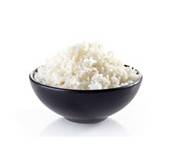
Rice
White rice is usually present in most traditional Japanese dishes. It is served, in many cases, as an accompaniment to the main dish. The one used in Japan is a round rice, if possible of the Japanese variety.
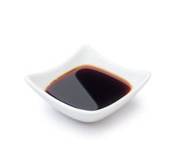
Soy sauce
Soy sauce or shōyu is another ingredient without which Japanese cuisine is not complete. We must be careful to buy not Chinese, but Japanese soy sauce, because the taste is different. There are usually two different types, koikuchi sauce, darker and more commonly used daily and usukuchi sauce, which is lighter.
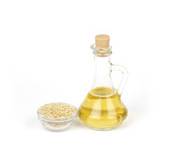
Rice vinegar
This is a mild vinegar made with fermented rice that is used a lot to make sushi and also some types of sauces and salads. It is less acidic than Western vinegars and its taste resembles white vinegar, but it is denser.

Miso
Miso is a paste that is obtained from soy (alone or accompanied by cereals such as rice, barley or rye). It is used dissolved in dashi broth to make miso soup and in sauces, marinades and dressings to give flavour. In fact, its name in Japanese means 'source of flavour'. There are different varieties, but the most popular are red and white miso.
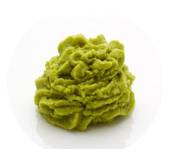
Wasabi
Wasabi, that green pasta that usually accompanies the trays of sushi and whose intense flavour is not suitable for all palates, is made with Japanese horseradish. It can also be found in powdered form. If we buy it like this, it is necessary to rehydrate it with water.
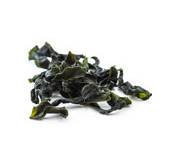
Wakame algae
Algae are indispensable in Japanese cuisine, not only in the well-known maki sushi, but also in soups or salads. Wakame seaweed is one of the most frequently used. It is the basic component of miso soup. It is sold dehydrated, so it must be immersed in water for a few minutes before consuming it.
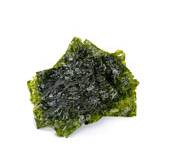
Nori algae
It is used enough for the elaboration of some types of sushi. There are three types of nori seaweed: toasted, toasted and seasoned, and seasoned. The most common is toasted. They are sold in packages that contain leaves to be able to cut them to the size that we need, according to the dish that we are going to prepare.
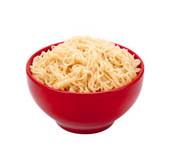
Noodles
In Japan noodles are eaten as often as rice. There are many varieties: ramen noodles are the most popular, they are thin Chinese noodles made with wheat; Soba are made from buckwheat, dark and with a fairly strong flavour; And udon, which are thick noodles made from wheat flour. These three types are the ones we know the most in the West, although there are many more.
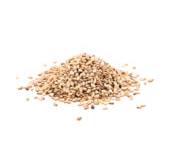
Sesame seeds
In Japanese cuisine, sesame seeds are widely used to decorate some dishes, and also as a filling in some rolls or for dressing salads. There are white seeds, which are the most common, and black. They are often toasted to extract all their flavour.
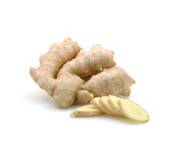
Ginger
Fresh ginger root is used to flavour many dishes and sauces. It is also prepared cut in thin slices and pickled, to serve with sushi or sashimi, in order to clean the palate between the different fish. In Japan, it is known as gari. Although ginger can be found in powdered form, it does not have the same intensity as fresh.
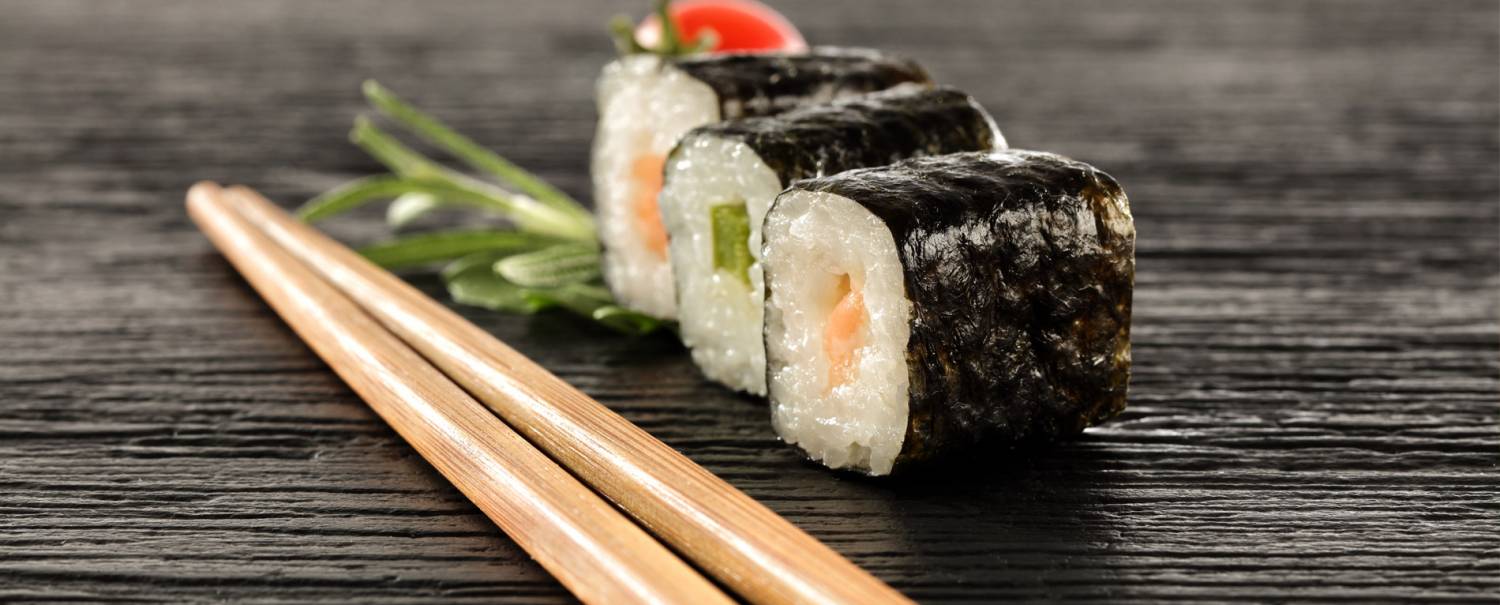
Sushi what?
Read more
Sushi what?






